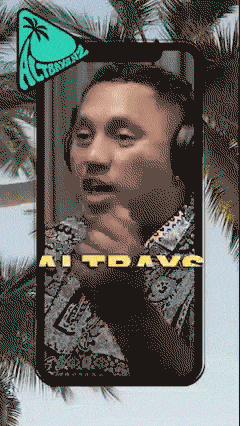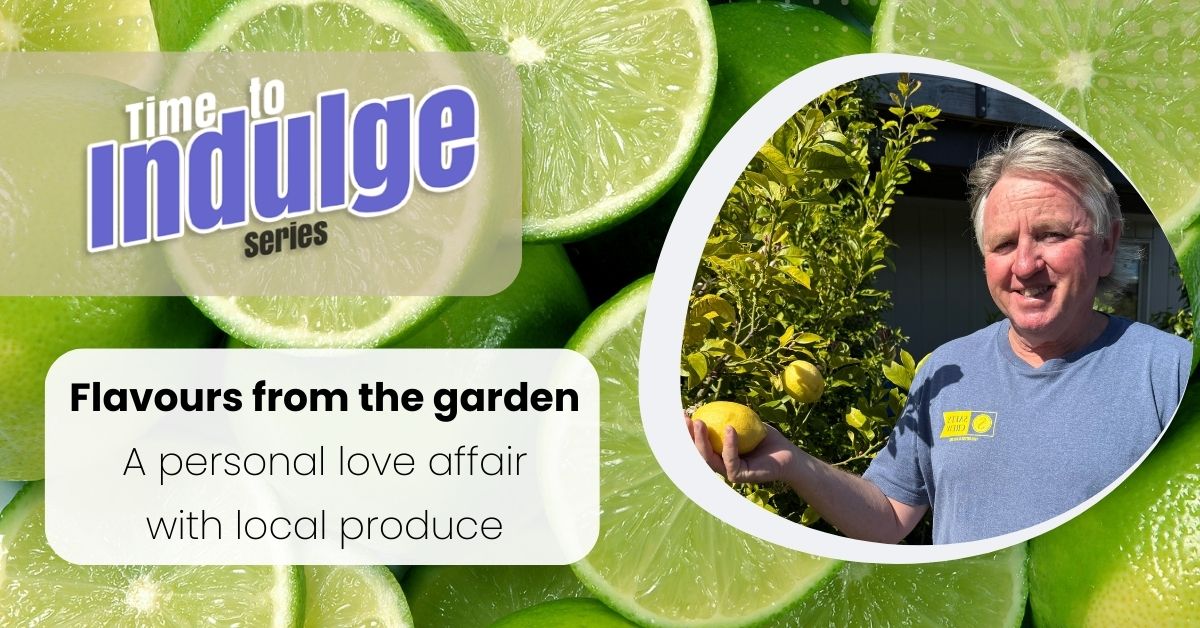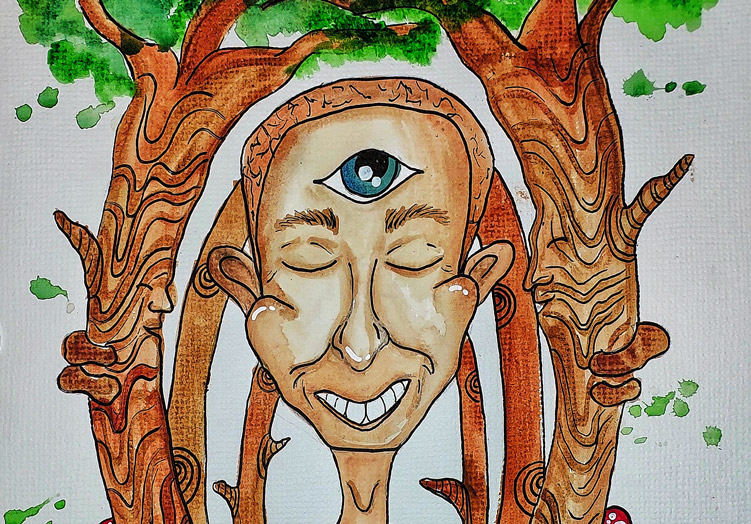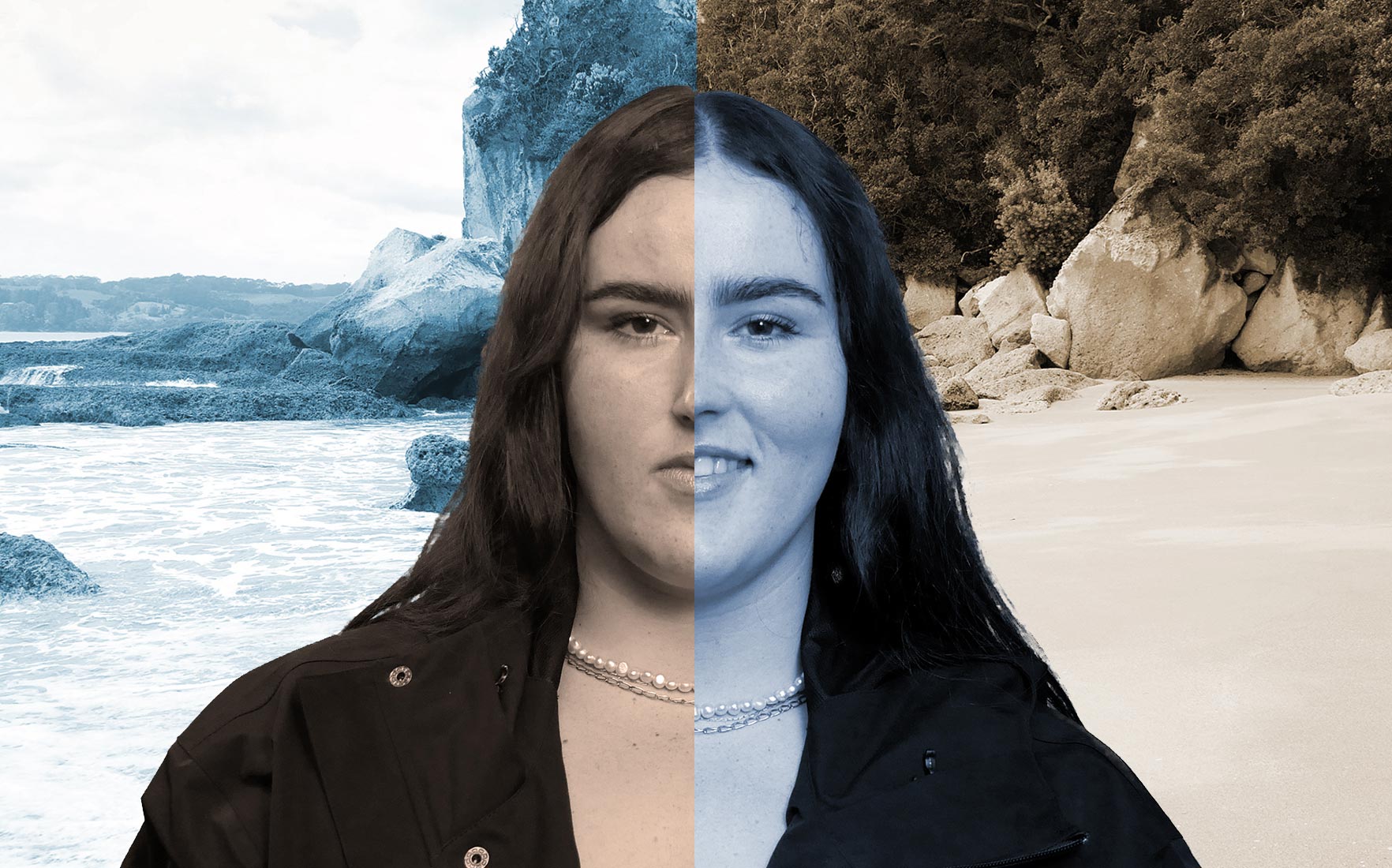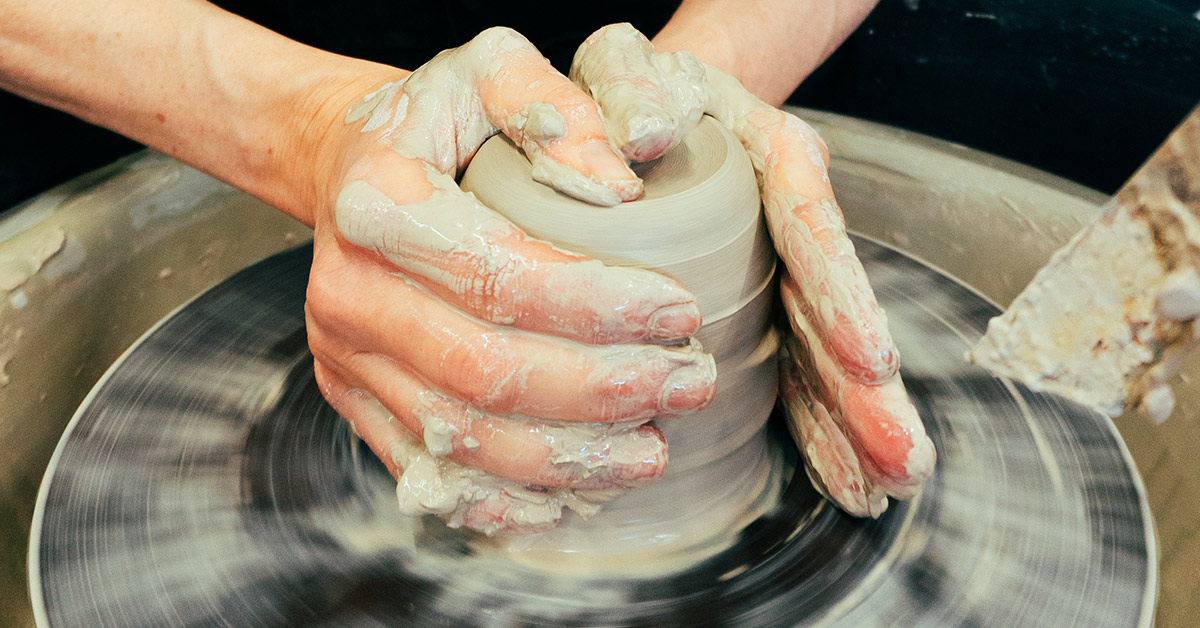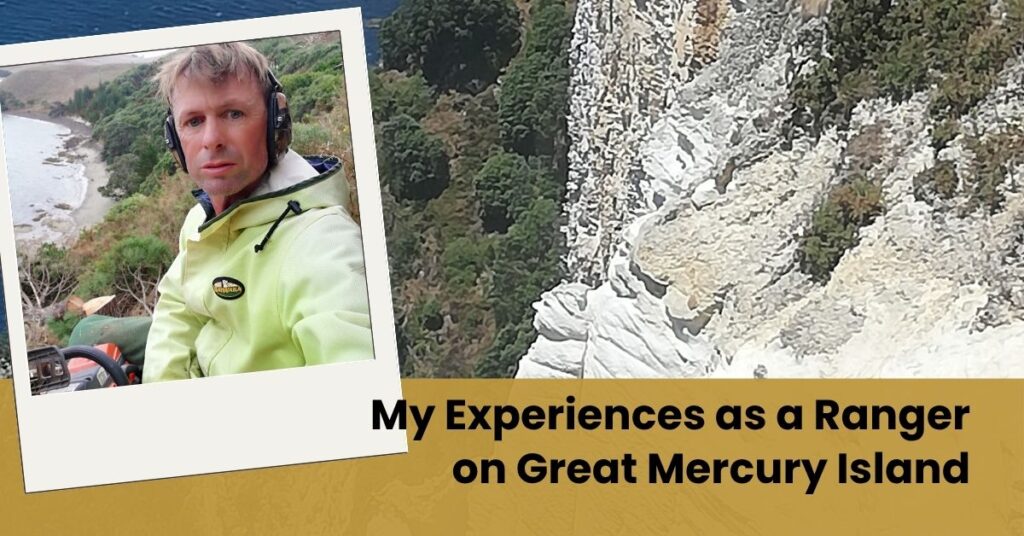
Stories from the edge of restoration
Great Mercury Island / Ahuahu – 1872 hectares, basically two islands, one rhyolitic and the other andesitic, joined by a tombolo (natural sand isthmus) in the centre on which once stood great native conifer and coastal trees. The southern half of the island as it stands now is fringed with coastal natives; the bulk of the centre is planted in pine trees with a fantastic understorey of native trees, self-seeded and established over the past forty-odd years since the pines were planted. The northern half of the island is farmland and home to the only dwellings on the island. I wasn’t expecting to be asked to run the 320 trap stations, used to monitor for rodent incursion, that fringe the island – such pests being most likely to arrive by boat from the mainland. Little did I realise what a privilege and honour the traplines would become.
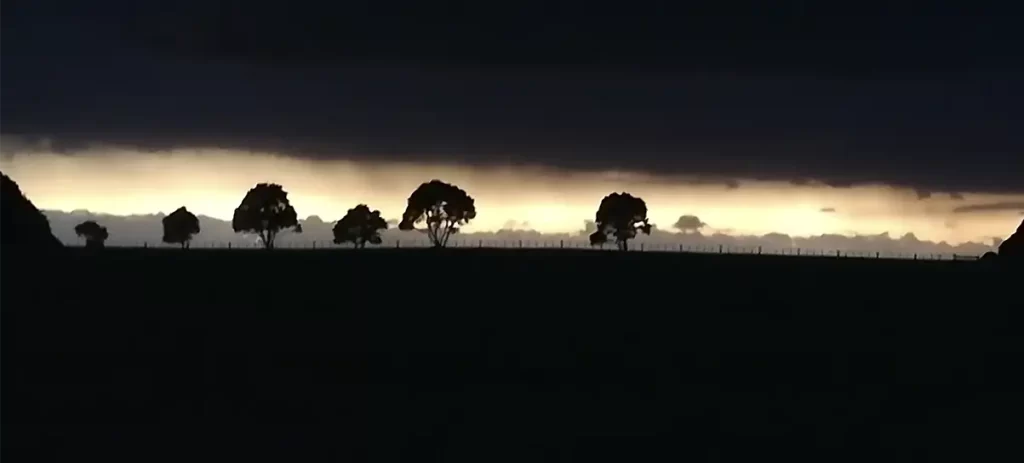
At the time of my employment in 2016, Great Mercury Island had only just been officially recognised as a pest-free island, after a major pest eradication in 2014 focused primarily on rats, but also feral cats. There were no goats, possums or mustelids on the island in 2014 and surprisingly no mice were found. Ecologically, it was the first time in more than 700 years that the island had been rodent-free, since the arrival in a waka of the kiore (Pacific rat) in Coralie Bay, on the eastern side of Great Mercury Island / Ahuahu.
I am not sure of the true definition of Ahuahu in context to the island; I have read different translations of the word, some referring to heaped mounds/gardens, others to sacred stones and stepping stones.
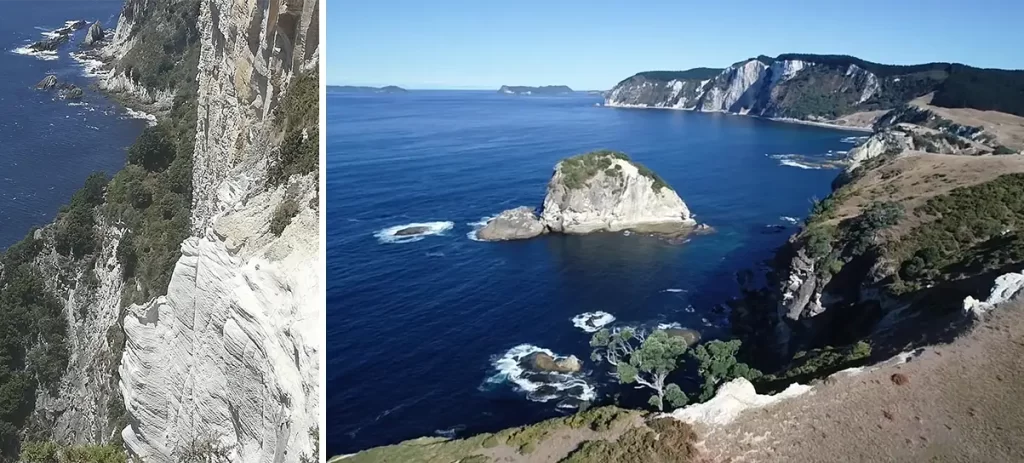
Great Mercury Island most certainly represents all these definitions – historically being home to huge gardens, the island is most certainly home to sacred stones used as early navigational and seasonal guides, and the island itself is also a stepping stone between gardens around Taputapuātea Pa on Ra’iātea Island in French Polynesia and the New Zealand mainland. Coralie Bay facing east is a protected bay alongside the great white cliffs of Ahuahu, 180 metres high. From further east out at sea, early in the morning, the sun shines and reflects on the cliff face, sometimes grey, sometimes white, sometimes golden – like a long white cloud shining in the light of dawn, it beacons to mariners old or new; it is a landmark to see when the mariner makes landfall.
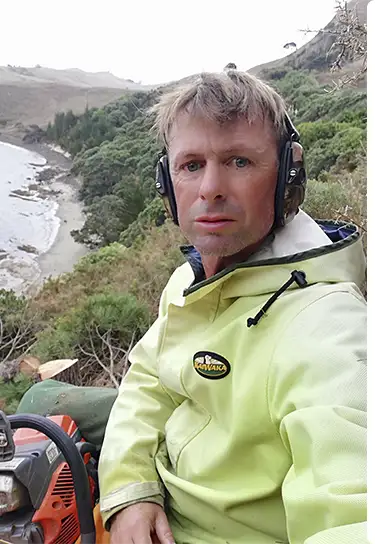
Having sailed offshore professionally myself with many early morning landfall moments, I relate to the feeling if you have been at sea for weeks; it is always a remarkable event to smell land or see a prominent landmark for the first time.
The cliff was used as a tohu (navigation point) by early Polynesian explorers but perhaps out of respect this is not my story to tell.
Great Mercury Island / Ahuahu has a breath-taking history which is generally unspoken. From my job’s perspective, the moment man arrived on the eastern shoreline of the island, the kiore (Polynesian rat) called it home; from that time, the landscape began to erode into the valleys, harbours and swamps, filling them with silt.
As human interaction increased over time, peaking with cattle farming and vehicles, so too did the erosion. This was highlighted to me during an archaeological dig showing soil layers going back to the first Mount Tarawera eruption more than 700 years ago (a datum time for archaeology), which left a layer of ash over the Holocene layer (pan); above this ash, thick charcoal and then a thin layer of taro garden, then thicker kūmara (sweet potato) garden layers and then a deep layer of light grey erosion from the past hundred years or so. This cattle layer represented roughly two thirds of the erosion in only 1/7th of the time.
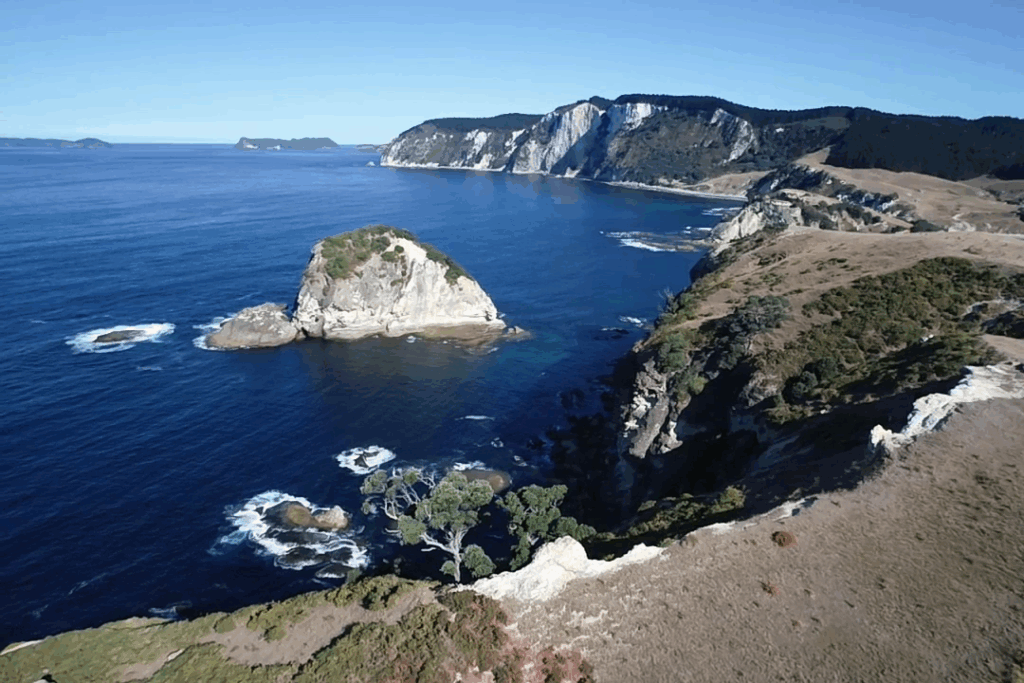
What was once a crystal-clear stream in a small gully filled with native vegetation is now, as we know it, just a wet grassy area we cannot drive on in winter. For this reason, archaeologists will argue quite rightfully with you about the definition of island restoration. Through the eyes of archaeology, the gullies, harbours and sea floor are irreversibly changed forever by the hand of human ambition creating dramatic erosion over the centuries. This damage is irreversible, but things can be done to swing the pendulum back the other way.
These stories and observations are humbly the author’s only, they don’t represent anyone else’s point of view.
Words by Andy Hopping
Coromind: Coromandel’s Collaborative Magazine

Help us take Coromind Magazine to new heights by becoming a member. Click here
Change the Weather for Your Business: Advertise with Us.
Advertise your business in the whole Hauraki Coromandel in the coolest Coromandel Art Magazine, from Waihi Beach/Paeroa /Thames up to the Great Barrier Island.
Advertise Smarter, Not Harder: Get in Touch


